Transports
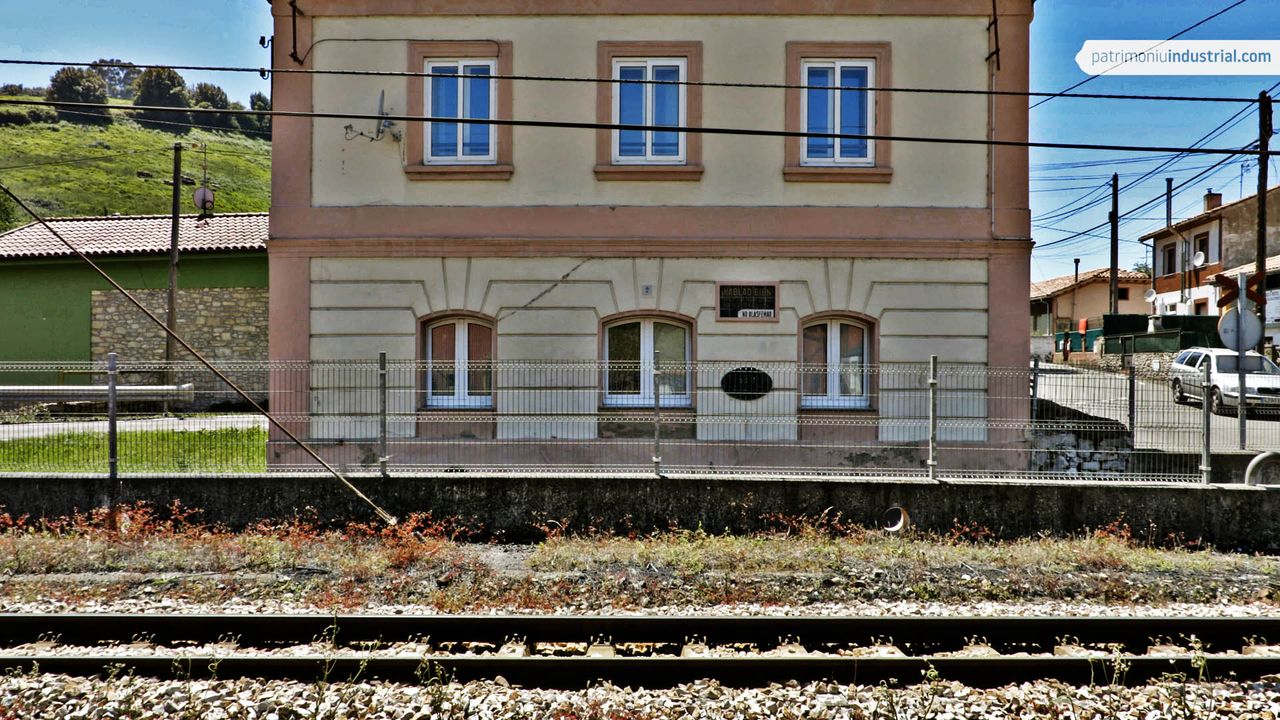
345230622
Langreo Railway

343871690
Railway Museum
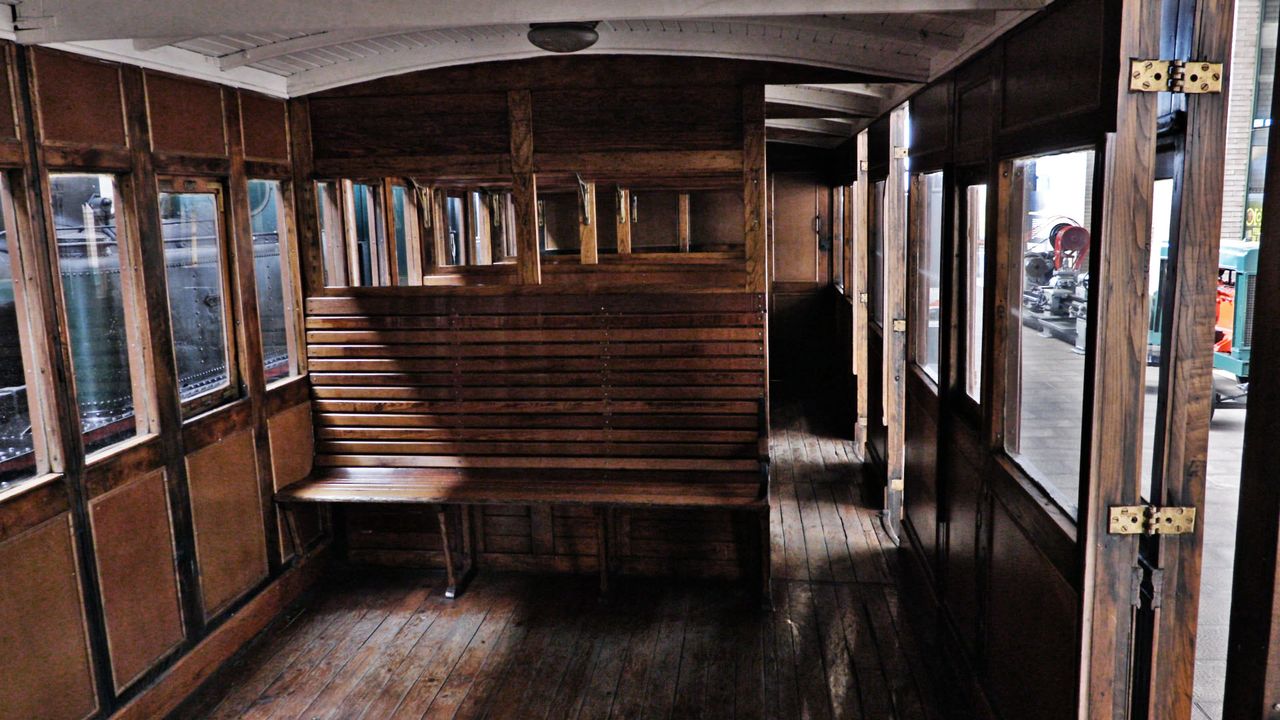
522775507
FL H34 y H47 Carriage
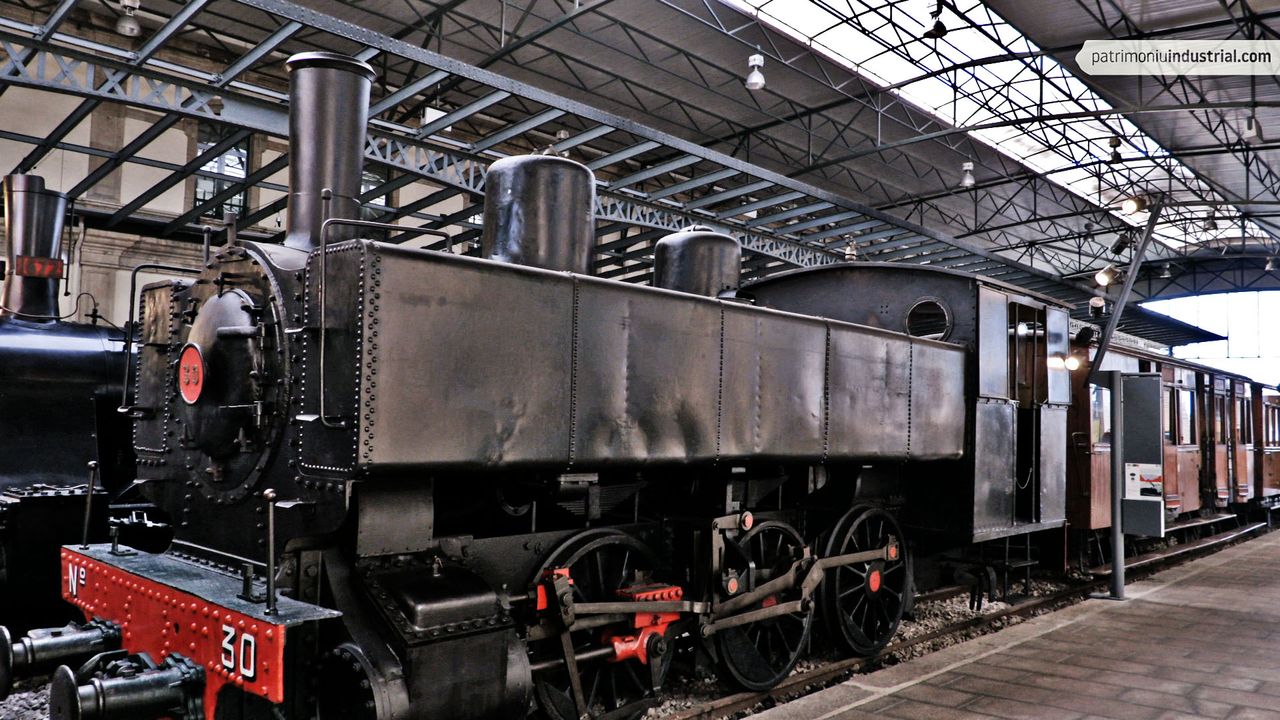
522717976
FL 30 Locomotive

522718120
Railcar FL 203
This vehicle has an extraordinary history, both in terms of its trajectory and its origin. In the 1950s, the passenger rail transport in the United States was suffering a huge crisis facing its competitors: the automobile and the aeroplane. At that time, the United States railway companies studied and experimented with different alternatives to stop the decline. One of them was New York, New Haven & Hartford, a company that worked with the line between New York and Boston.
The construction of diesel motor coaches for commuter services based on road transport technology was among the options this company put into action. To this end, the firm Mack was requested to manufacture a prototype, followed by a series of nine vehicles. These consisted basically of the body of a Mack C-49 bus mounted on railway bogies and fitted with an electric transmission. They were called FCD in honour of the president of the railway, Frederick C. Dumaine.
The experiment failed and the vehicles were put aside to await a potential buyer. Finally, six of them, including the prototype, were acquired by Langreo Railway, which used them to modernise its passenger trains. They were given the numbers 201 to 206 and ran between Gijón and Pola de Laviana coupled in pairs, taking advantage of the fact that one of their ends had an intercommunication door.
These were operative until Langreo Railway was closed to convert its tracks to metric gauge in 1983. Two examples were left in Gijón and suffered a severe deterioration that culminated in their scrapping. The 203 was more fortunate as it remained stored in the old locomotive depot at La Felguera. It was finally rescued and restored by the Asturias Railway Museum, using some parts from its two destroyed brothers in the process.
The 203 is a unique vehicle in Europe, an example of a very singular technology and a typical American design from the mid-20th century. It is also an example of the peculiarities that the Langreo Railway had due to its gauge, close to the international gauge (1440 millimetres), among other reasons.


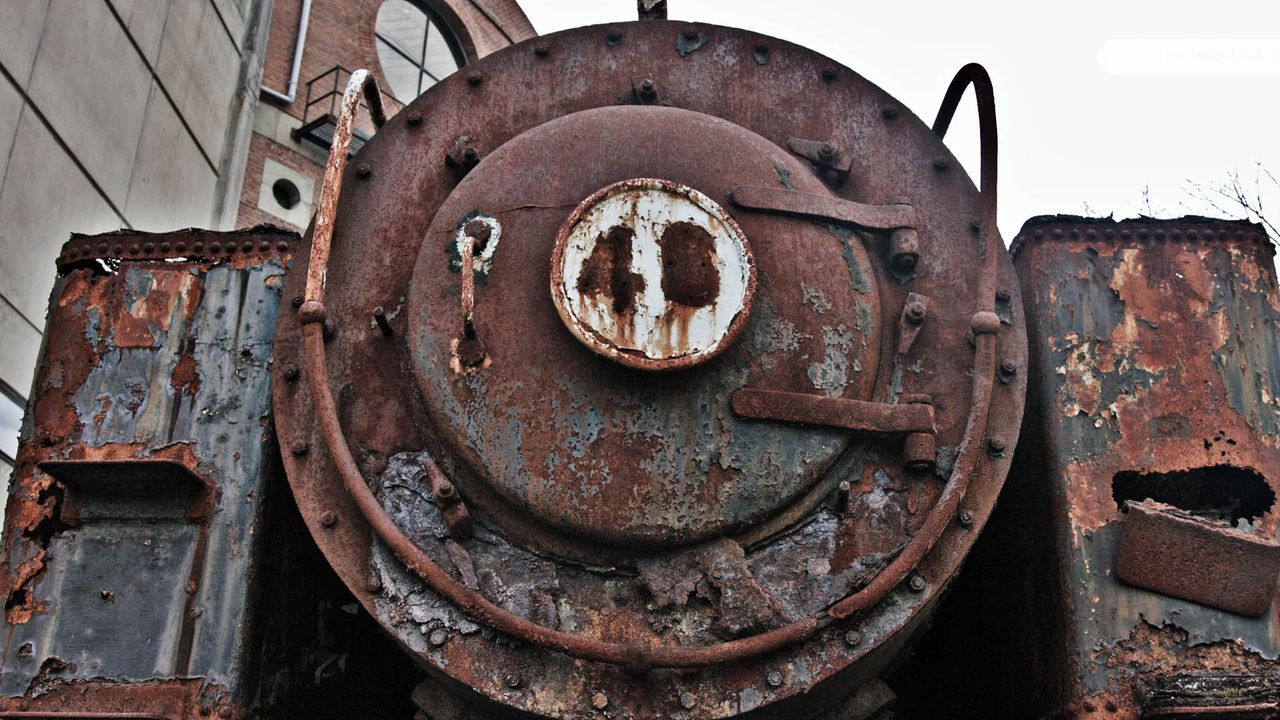
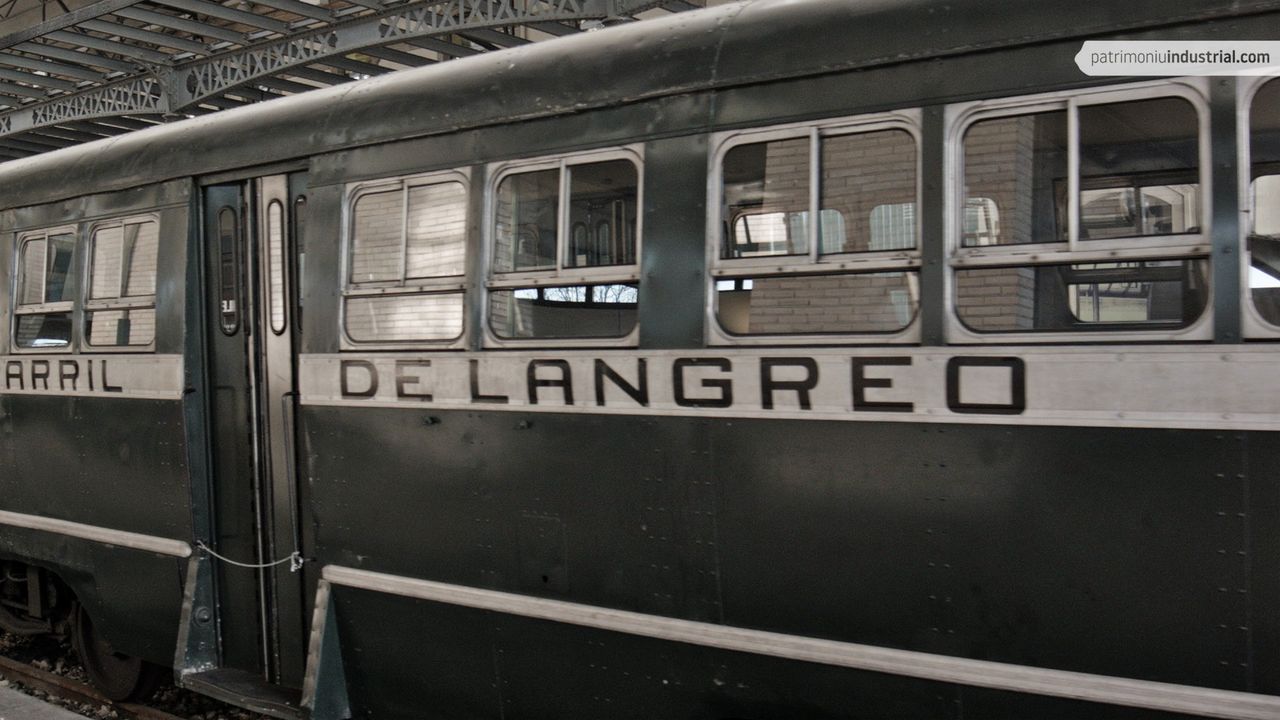
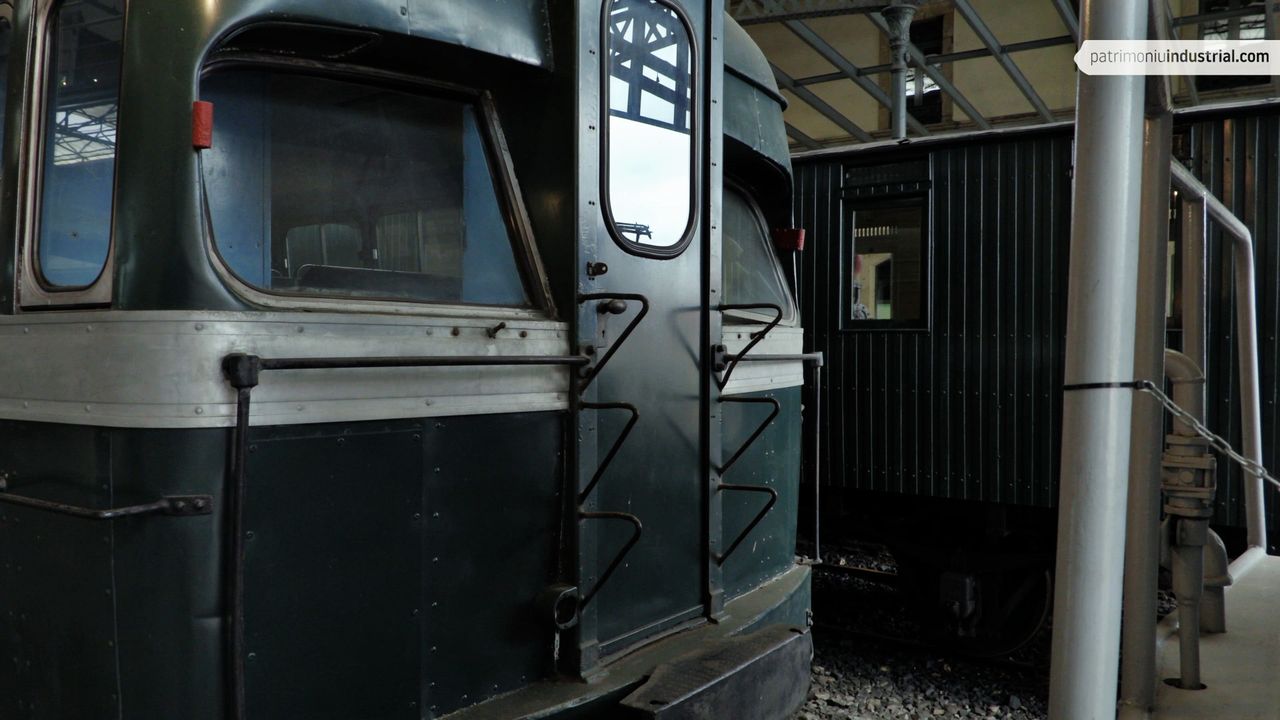
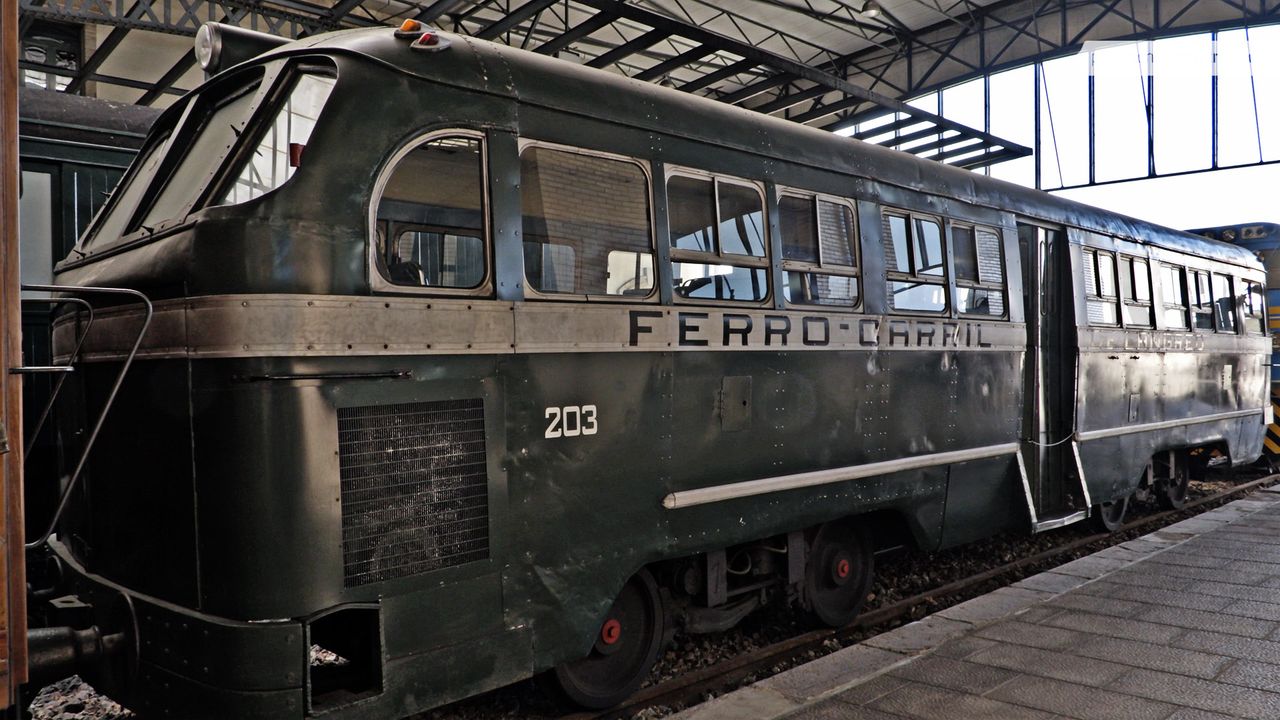
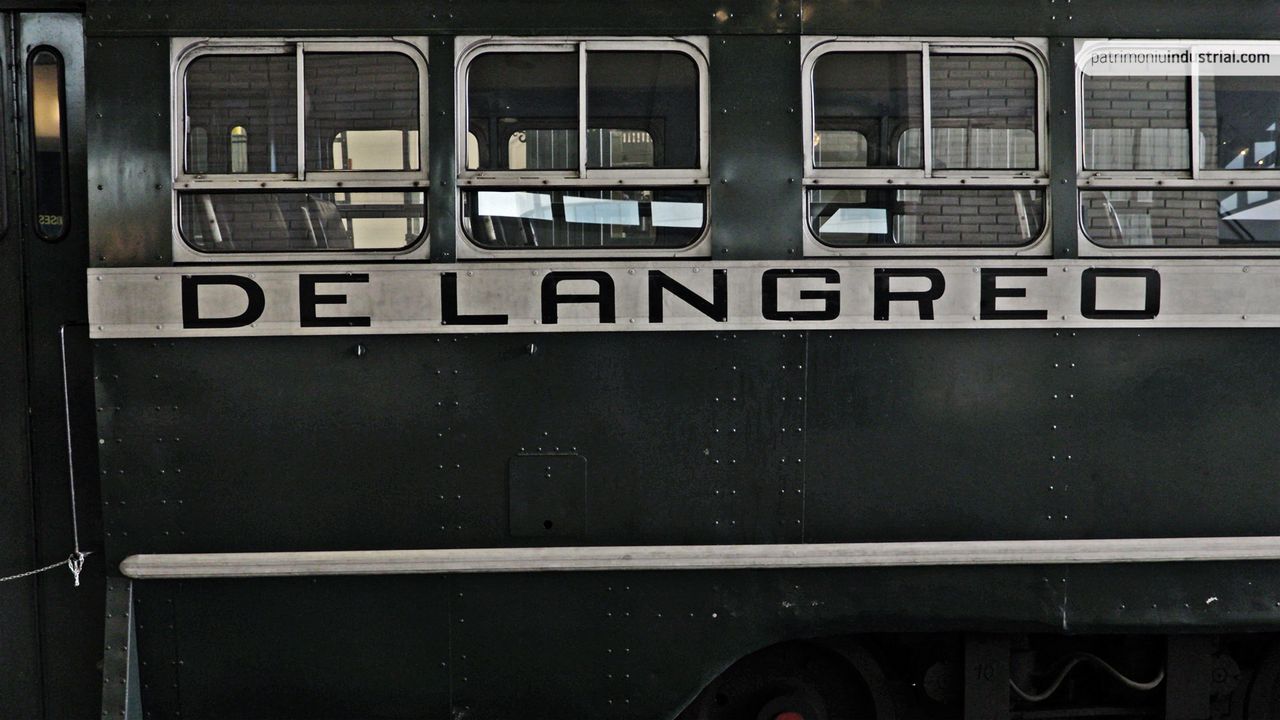
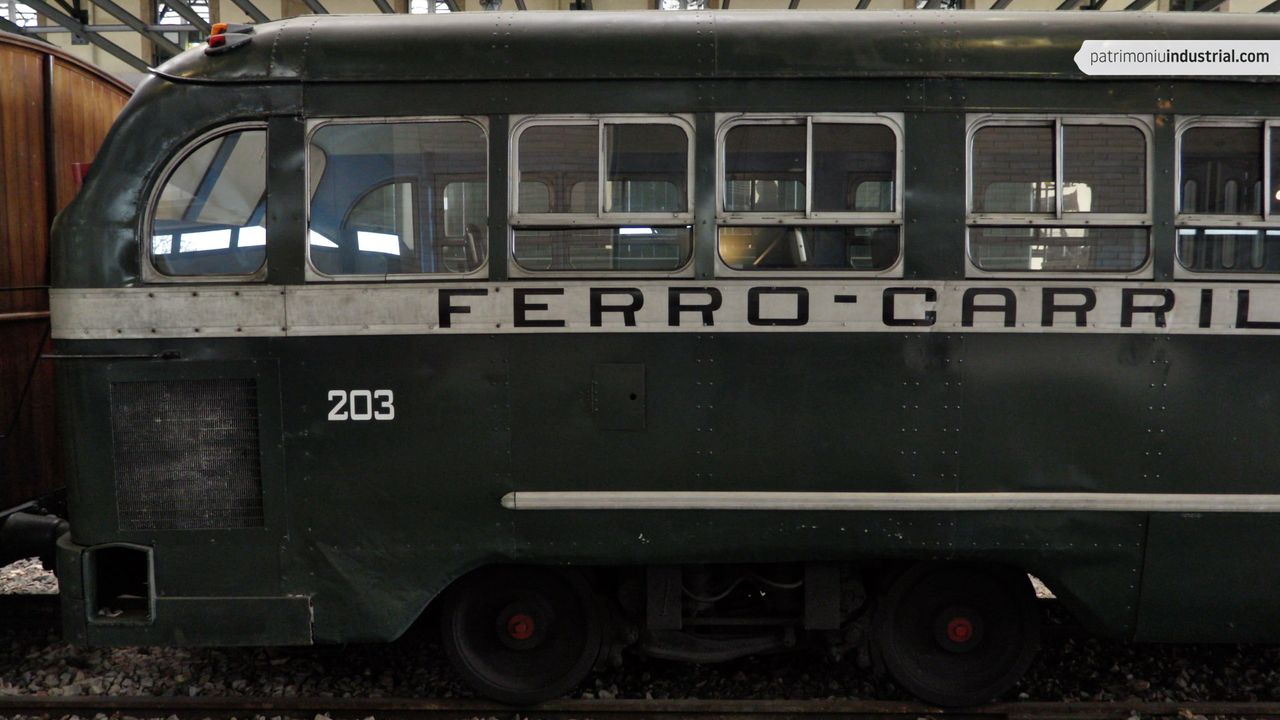
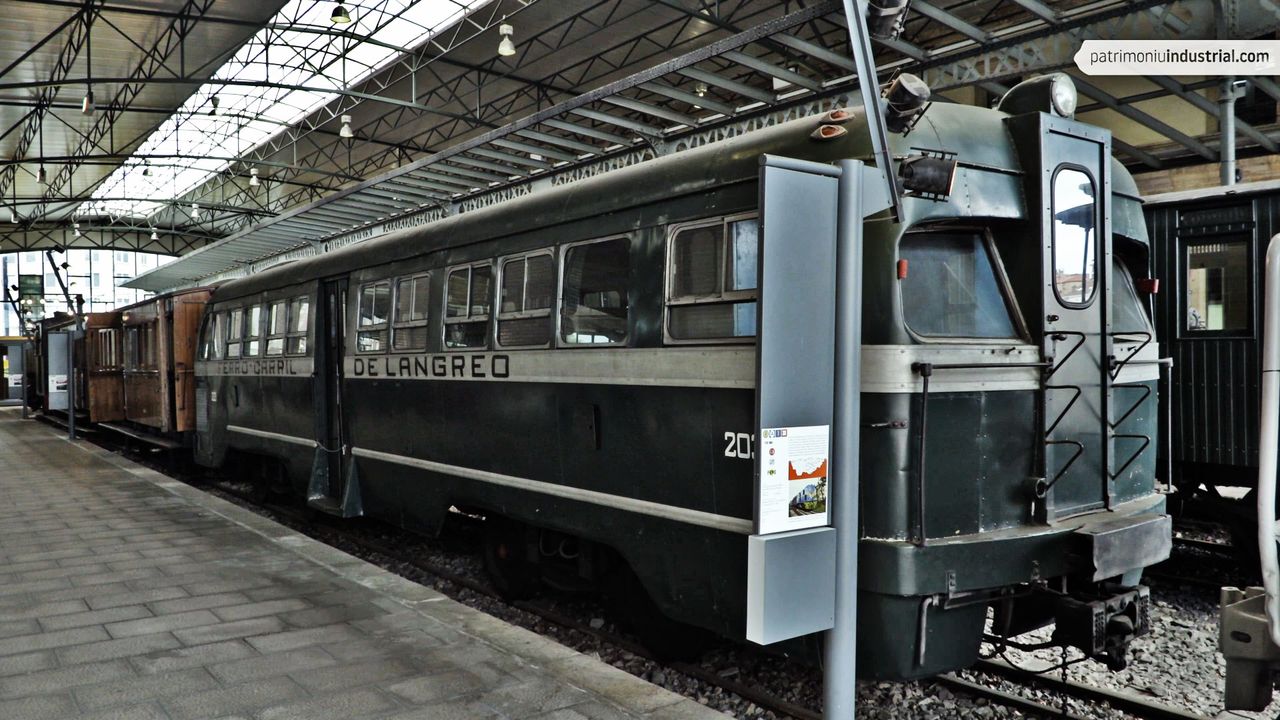

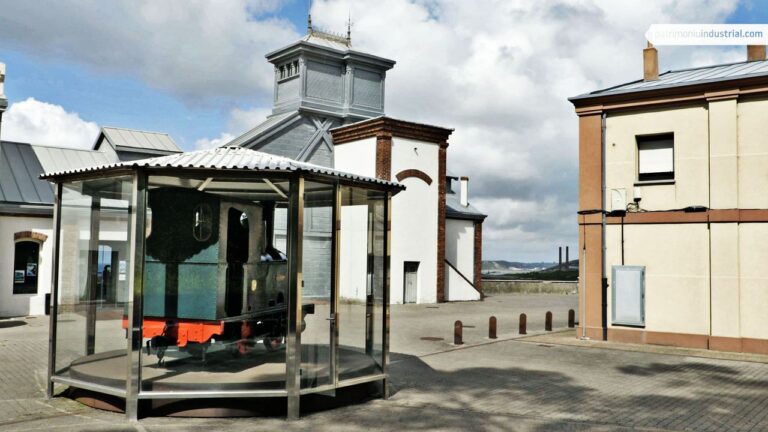
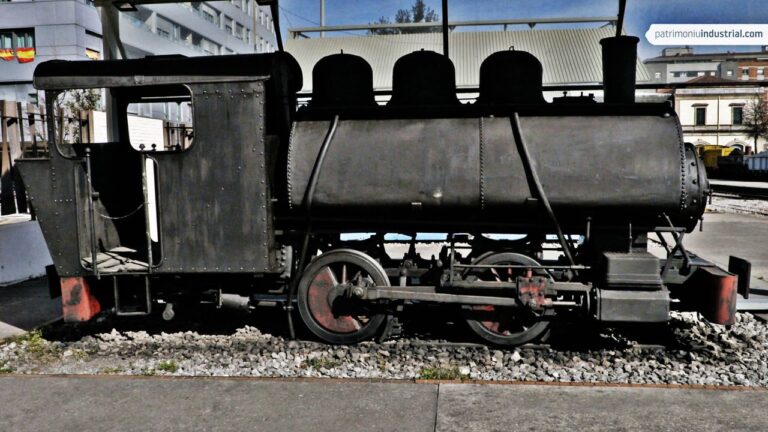

Recent Comments